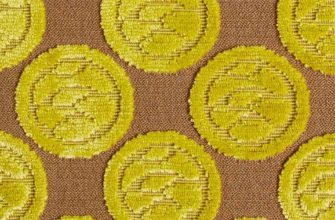It has long been known that silk is useful, light, soft, strong and is considered one of the most expensive fabrics. This finest fiber, of organic origin, wins in all characteristics among other materials. Let's consider in detail the subtleties of choosing a silk blanket, the differences in types, quality control.
Pros and cons
Many modern people consider silk bedding to be the best sleep accessories. Silk blankets and pillows have been used in the bedrooms of the nobility for several hundred years.
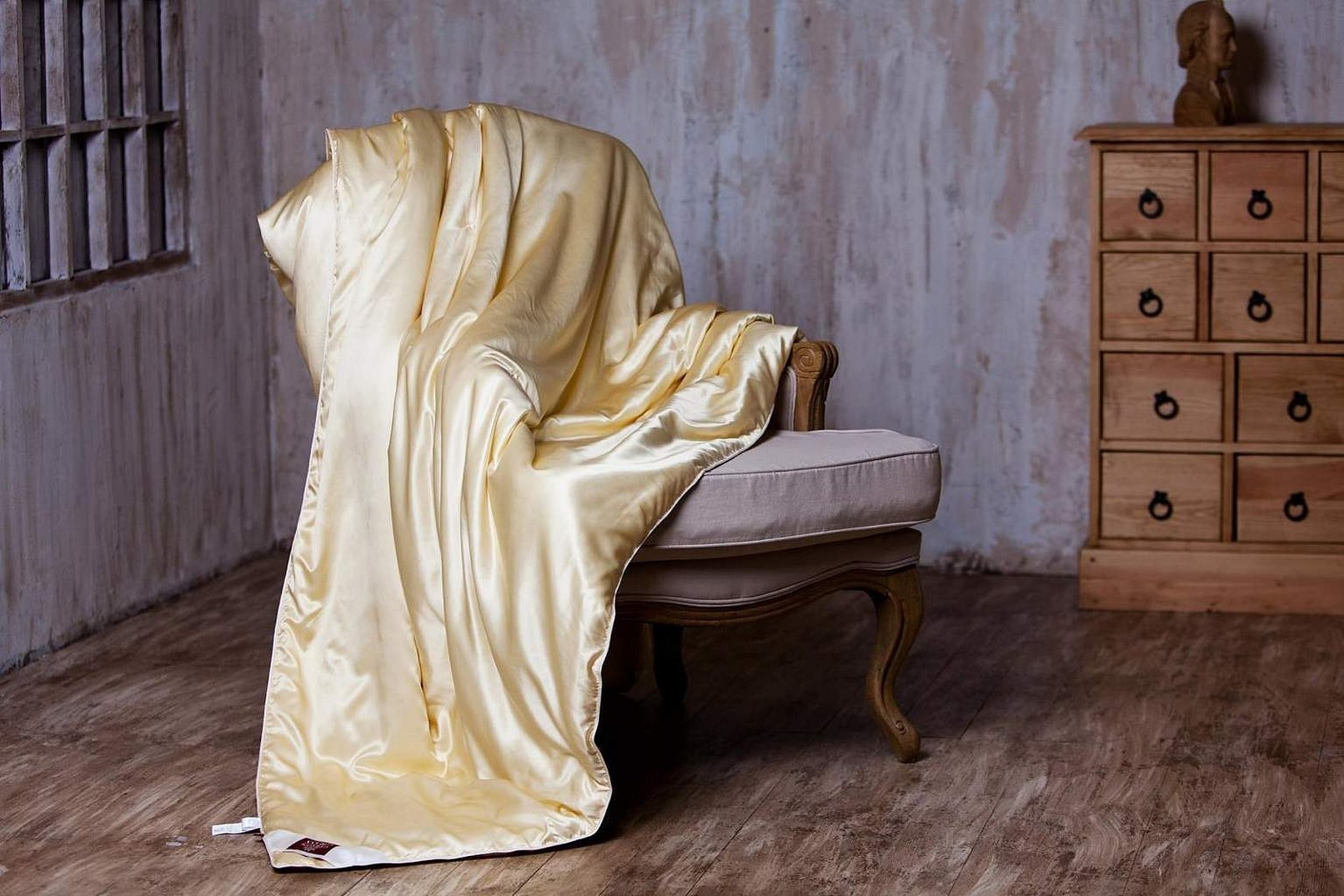
They have a number of undeniable advantages:
- lightness - silk thread has a tubular shape with a smooth surface, is distinguished by its extraordinary softness and airiness;
- “breathing” effect - such blankets maintain a comfortable microclimate for the body all night;
- hygroscopicity - remain clean for a long time, do not accumulate static electricity;
- durability - strong silkworm thread allows it to retain its rare qualities and pleasant appearance for up to 20 years;
- It lends itself well to draping - folds and waves are easy to create, giving elegance and weightlessness to the products.
- Color fastness - will not fade or discolor during washing. The color of the material remains like new for a long time.
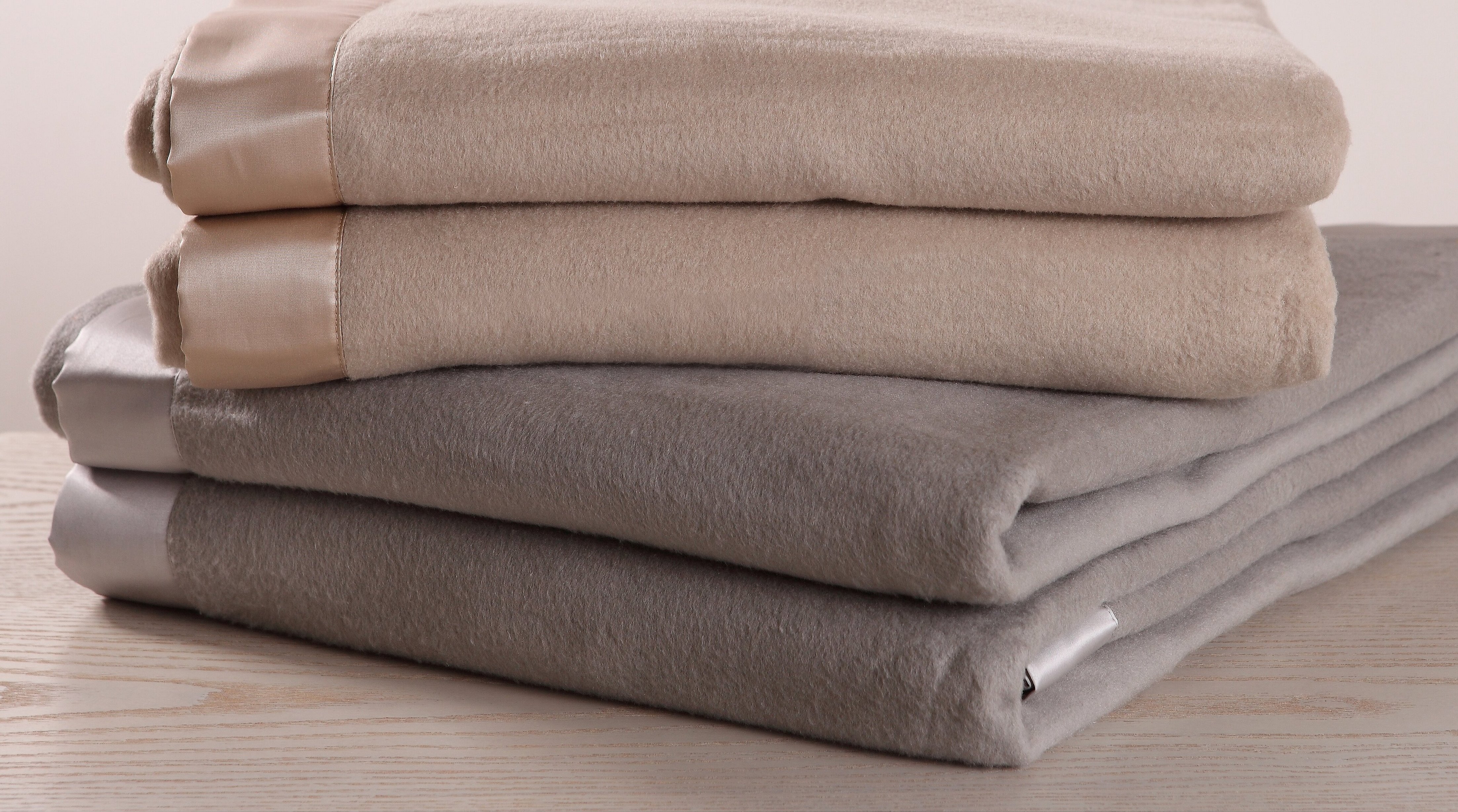
Natural silk, of course, also has its disadvantages:
- wrinkles a lot;
- does not tolerate moisture - when drops of water or sweat fall on it, stains remain on the fabric;
- capricious and demanding in care - delicate flowing fabric does not like ironing or washing;
- susceptible to moth attack.
Important! The disadvantages of silk blankets include their high cost and excessive thermal conductivity, which makes them not the best option for winter.
The healing properties of silk
Natural silk is a physiological fiber, its structure is similar to the texture of human hair, it is even called the second skin. The fabric is 97% proteins, 3% fats and waxes.

High quality fiber has been proven to have beneficial effects on the human body:
- does not irritate the skin - this makes it possible to use silk even with serious defects (burns, atopic dermatitis, eczema);
- slows down the aging process - silk proteins have the ability to heal the skin, the material can soothe itching, relieve dryness. Silk fibers are used in cosmetic medicine due to amino acids, proteins, they promote the healing of microcracks, smooth out wrinkles;
- hypoallergenic qualities - fungi, saprophytes, mites, and various bacteria do not reproduce. The fabric owes this property to the protein sericin.
- Doctors confirm that silk bed linen is useful. Silkworm threads improve blood circulation, have disinfectant properties, contain 18 amino acids that improve the digestive tract, prevent joint diseases, heart disease, dermatological diseases, viral diseases, colds. The touch of this material relaxes, soothes, relieves tension and restores sleep.
Silk natural proteins are often added to shampoos. The properties of silk material allow it to "rub" the hair, making its texture shiny, silky, improving the appearance and even nutrition of the hair root.
Types
Silk fabrics come in different varieties - this is determined by the country where the insects were bred, the composition of the leaves of the plant they fed on (oak, castor), and the conditions (natural environment or artificial origin). All this establishes the characteristic features of the future fabric.
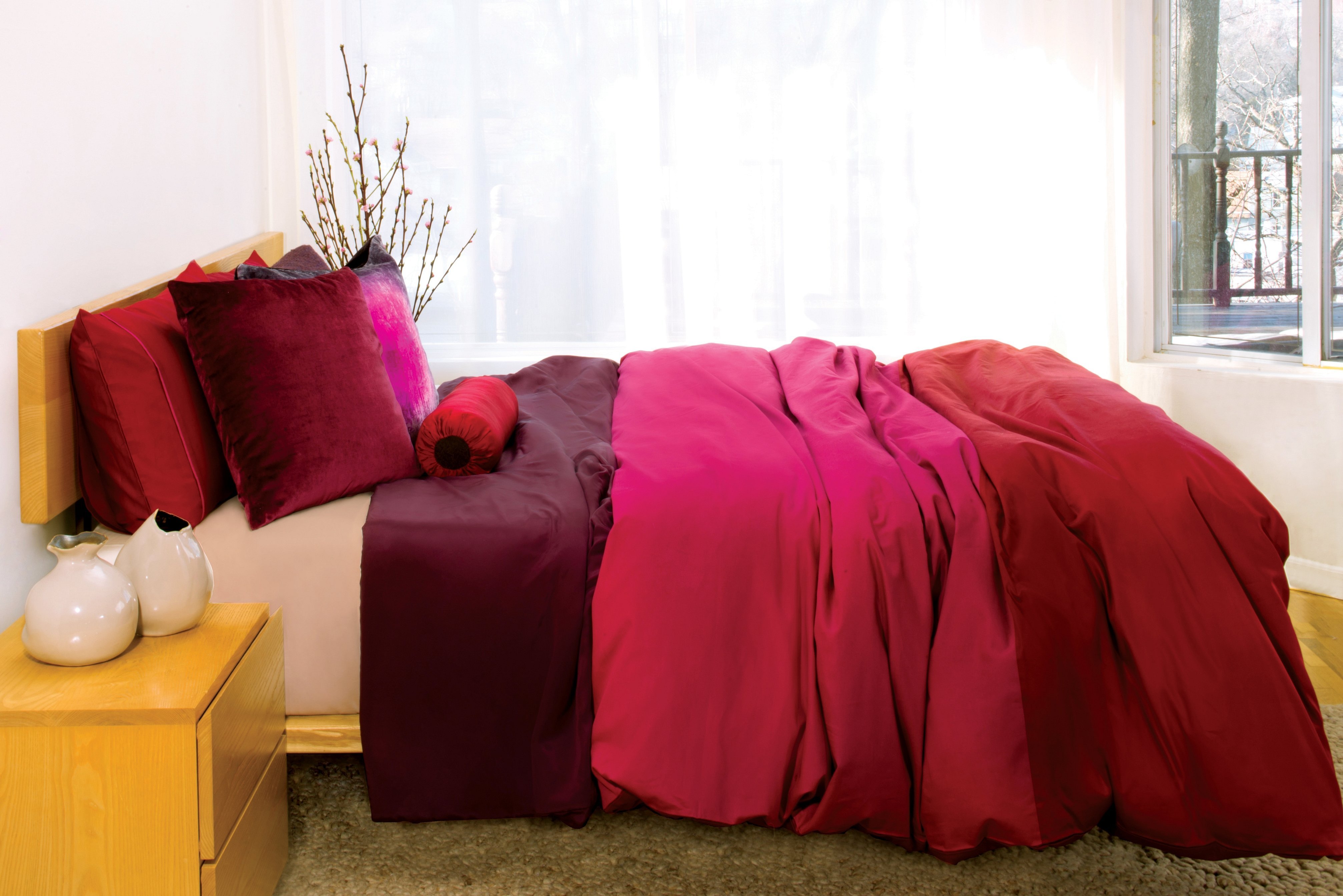
The weaves used to form different types of fabrics differ in their properties, appearance, texture and other characteristics:
- crepe - with the use of right or left twist. The fabric is rough, fine-grained, with a slight shine. It drapes well, stretches (chiffon, gofre, georgette, crepe de chine);
- rep - with a twisted thread in the base. Fabrics are rough, textured, strong;
- satin - produced with twill, plain, satin weave. Fabric - smooth, shiny, low density (satin, muslin, silk, toile, chiffon, wet silk);
- jacquard - weaving gives volume due to color overflows. The fabric is sparkling, dense, stiff, textured, decorative;
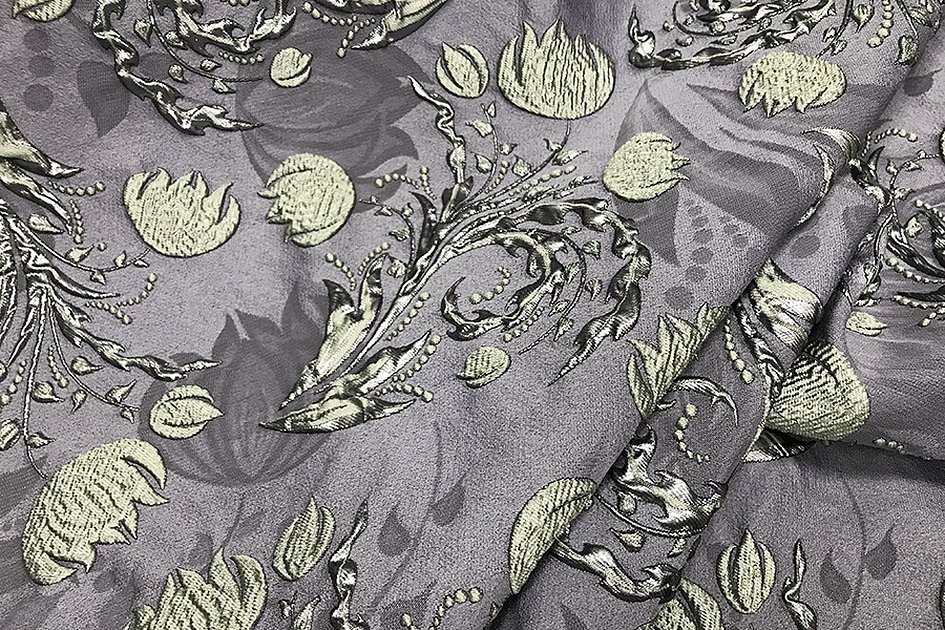
- pile - strong connection, absence of flaws in the pattern and its effectiveness. The fabric is highly decorative and elegant (velvet, velour);
- The finest silk comes from three silk threads (in 3 cocoons), and ordinary fabric comes from eight to ten cocoons. According to the quality of the fibers obtained, the fabric comes in two varieties - mulberry (used for clothing materials) and tussah (used for the production of furniture and interior fabrics).
Silk is also divided according to the production method:
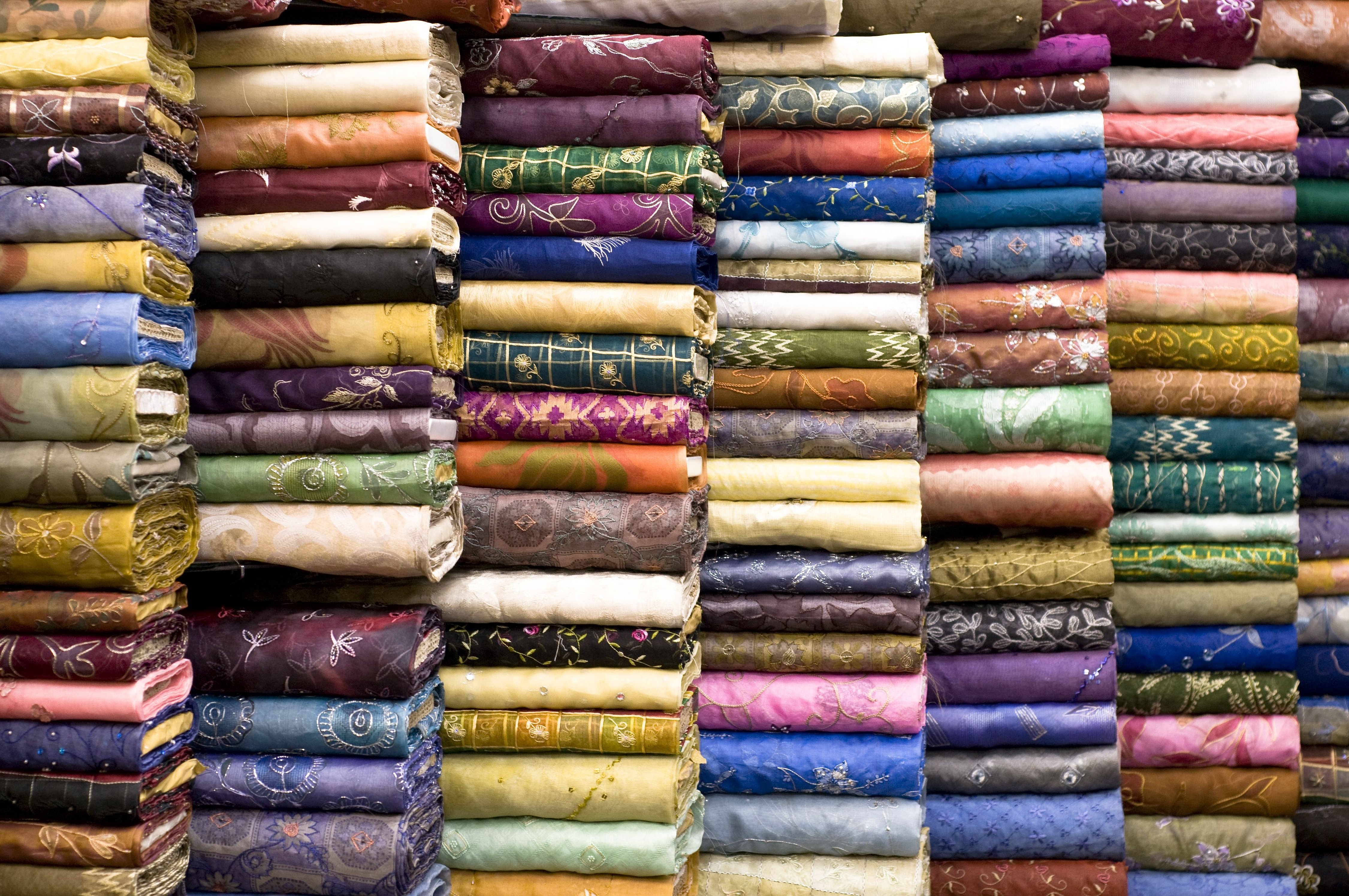
- bourette - from small, non-twisted fibers located on the outside and inside of cocoons. Such threads have antibacterial properties, which makes it indispensable in medicine;
- raw material - obtained by rewinding cocoon threads. Most often used for the production of silk fabrics for clothing;
- viscose - with the addition of similar artificial fibers. In its characteristics, it is almost indistinguishable from natural;
- parachute - a compacted, durable type. It is used to produce clothing and technological materials;
- wet - textiles made from it are very elegant. Exquisite dresses are sewn from wet silk, upholstery for prestigious furniture is produced;
- boiled - matte, resembles suede. Used for making clothes.
An important indicator of all these types is considered to be an attractive, noble shine.
How to choose and determine authenticity
Silk is a strong, attractive, durable material, although expensive. The artificial analogue is a product of cellulose processing.
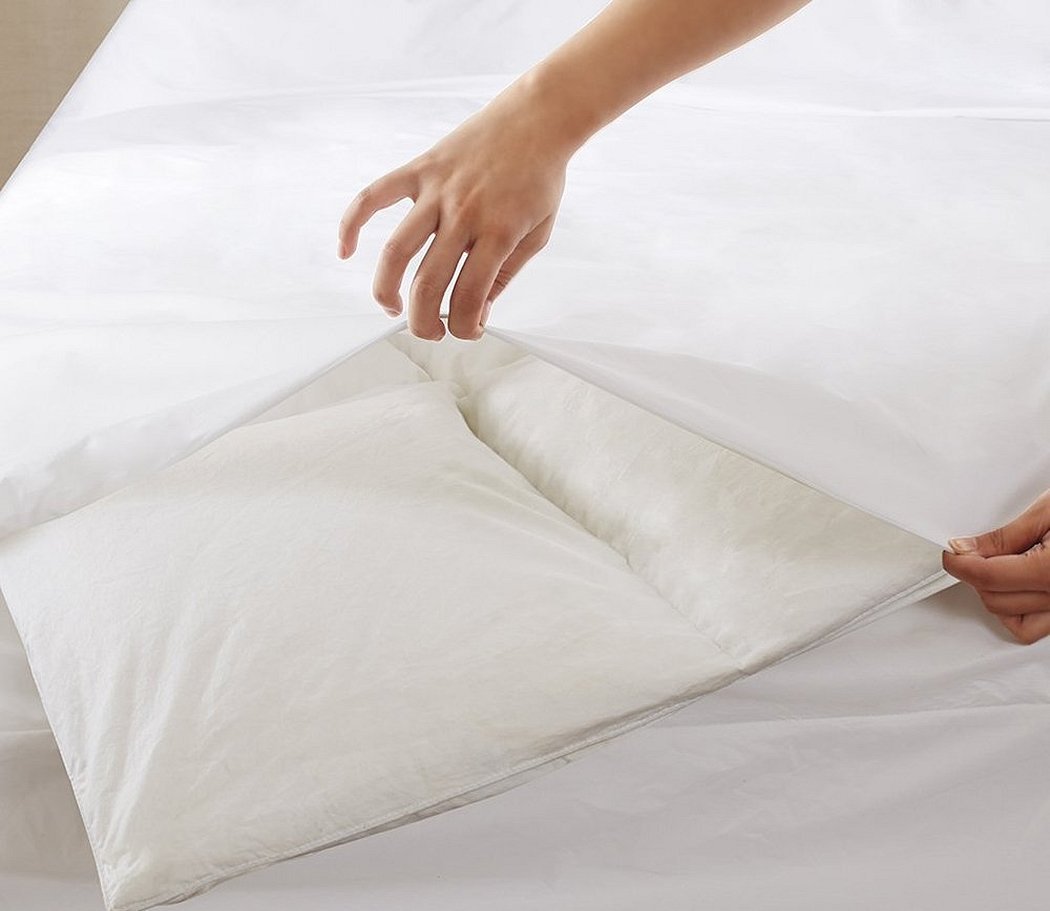
There are several ways to distinguish them from each other:
- combustion - artificial fibers do not burn, but melt, and have an unpleasant chemical smell;
- shine - artificial fabric is brighter;
- deformation - real matter quickly straightens out, leaving barely visible folds;
- tactile sensations - threads from silkworm cocoons are softer and more delicate than those made from cellulose fibers;
- tear test (silk blanket) - natural one tears in straight stripes, does not crumble.
Chemical research
Method 1:
dilute 13 g of glycerin, 21 g of copper sulfate, 10 g of soda in 200 g of water. Place a piece of fabric in the mixture; if it dissolves completely, it is real silk.
Method 2:
drip or rub with sulfuric acid - the artificial fabric will turn reddish.
Manufacturers rating
The popularity of Russian manufacturers in the bedding market is evidence of the high quality that corresponds to the cost of their products. The GOSTs that many of them operate by inspire confidence.
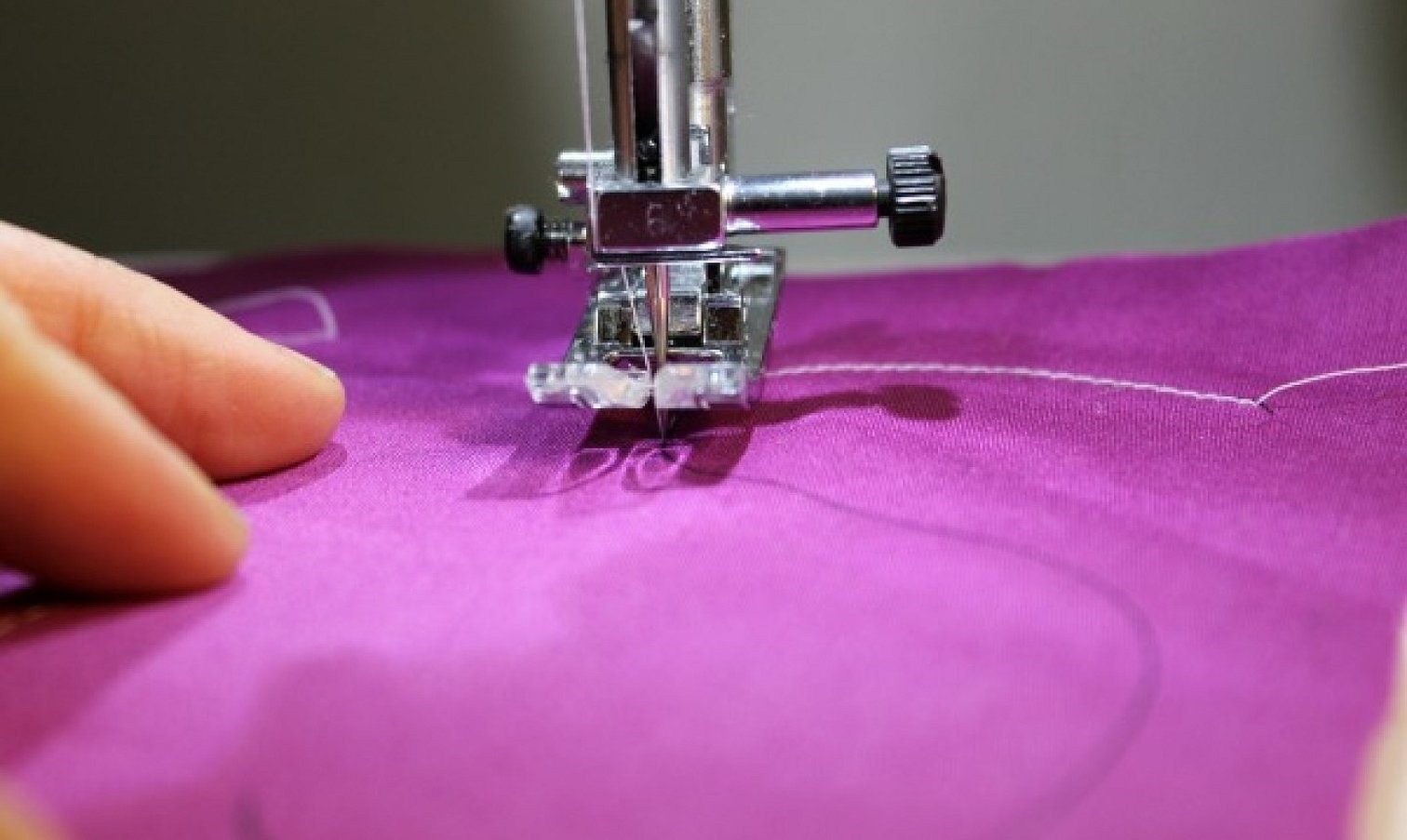
High-quality blankets for adults and children are produced by:
- Toga - France;
- Ecotex - Russia;
- "Lazybones" - Russia;
- Primavelle - Russia;
- German Grass - Austria;
- Nature's - USA;
- Kariguz - Russia;
- Textile - Russia;
- Cleo - China;
- Ol-Tex — Russia;
- Dargez - Russia.
A silk blanket has a price tag of 20,000 rubles. Branded products undergo serious multi-step control, meet all sanitary standards, hygienic conditions. Silk linen and blankets from China are distinguished by high quality and low cost.
How to care
Care requirements are usually written on the labels. The fabric has excellent self-cleaning properties, products made from it require cleaning quite rarely.
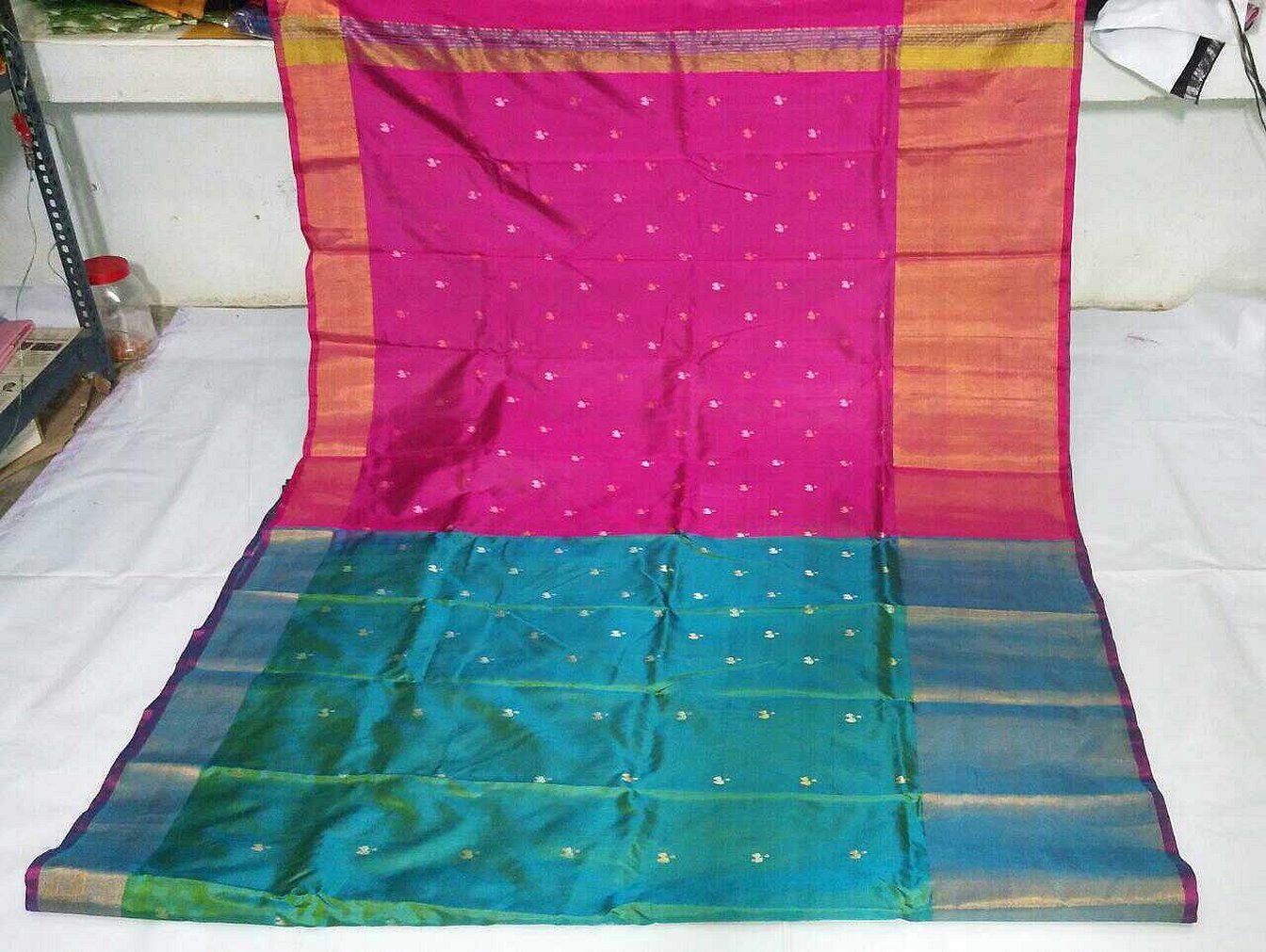
UThe one behind the blanket has several specific points:
- Removing stains - carefully wash by hand, wipe with ammonia solution or alcohol.
- Washing (silk filler blanket) - cannot be washed, can be dried to evaporate moisture or dry cleaned. If the manufacturer has provided the ability to remove the cover, then it is washed by hand or in a machine, selecting a delicate mode. The cleaned fabric is rinsed, carefully wrung out and dried, straightened.
Important! Repeated washings thin the silk threads, washing out amino acids and reducing their beneficial properties.
- Ironing (silk bedspread) - iron with a low-heat iron.
- Operation - products require periodic fluffing, it is necessary to put on duvet covers (silk, cotton).
- Storage: in a ventilated, dry room, in wood, cotton or cardboard packaging (they easily absorb unpleasant odors).
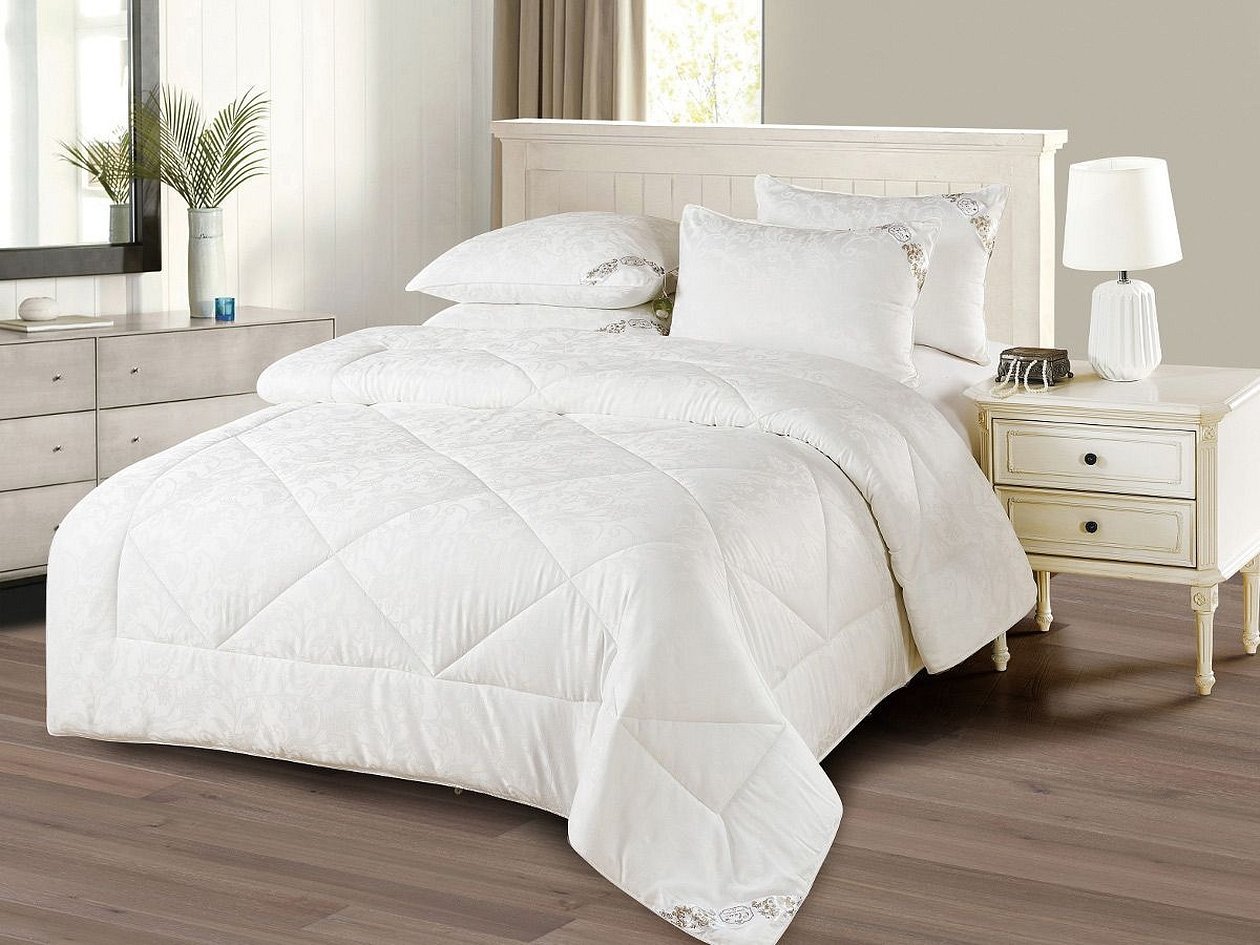
On average, a person sleeps 1/3 of his entire life. When purchasing a silk blanket with the purpose of using it for many years, the priority condition is always quality, not its cost. Products from well-known manufacturers who value their reputation do not allow the use of toxic dyes or third-rate filling.
Despite the high cost, it is believed that natural silk is the best material for bed linen and clothing. It is non-toxic, beautiful, will last for many years, will decorate the interior and will please with its high quality.



